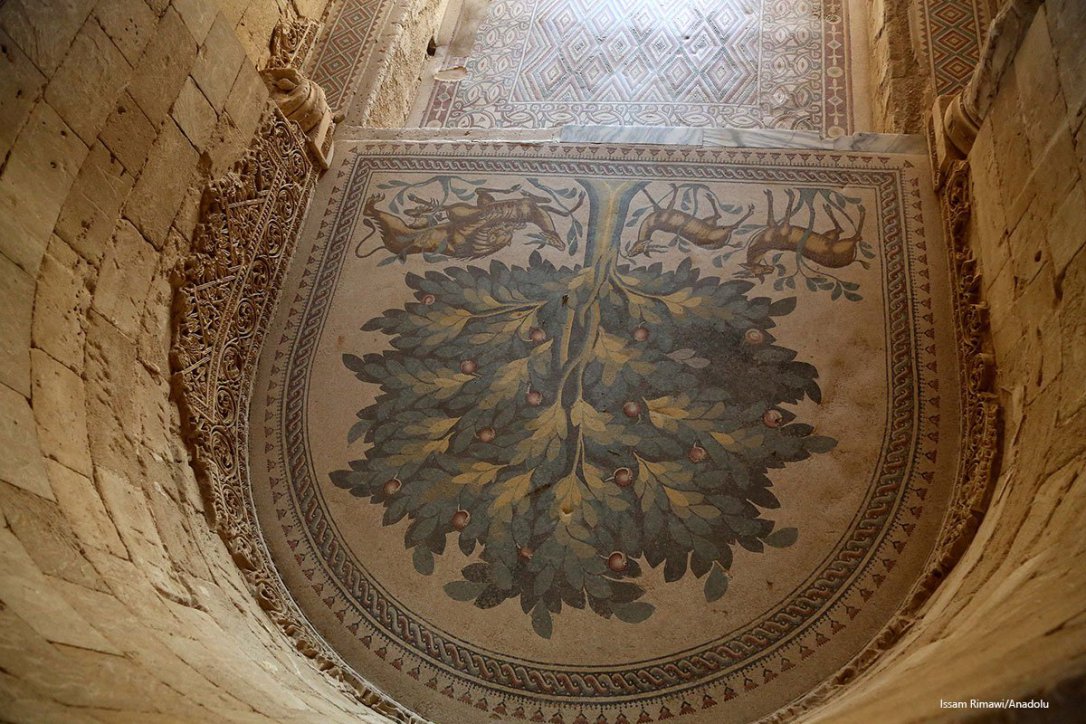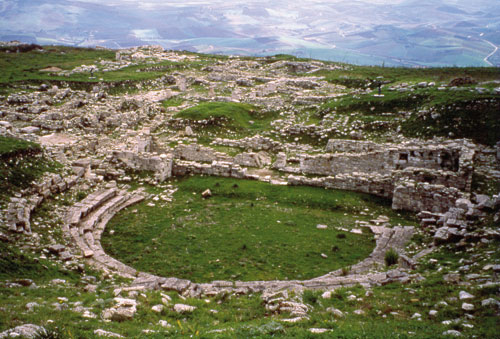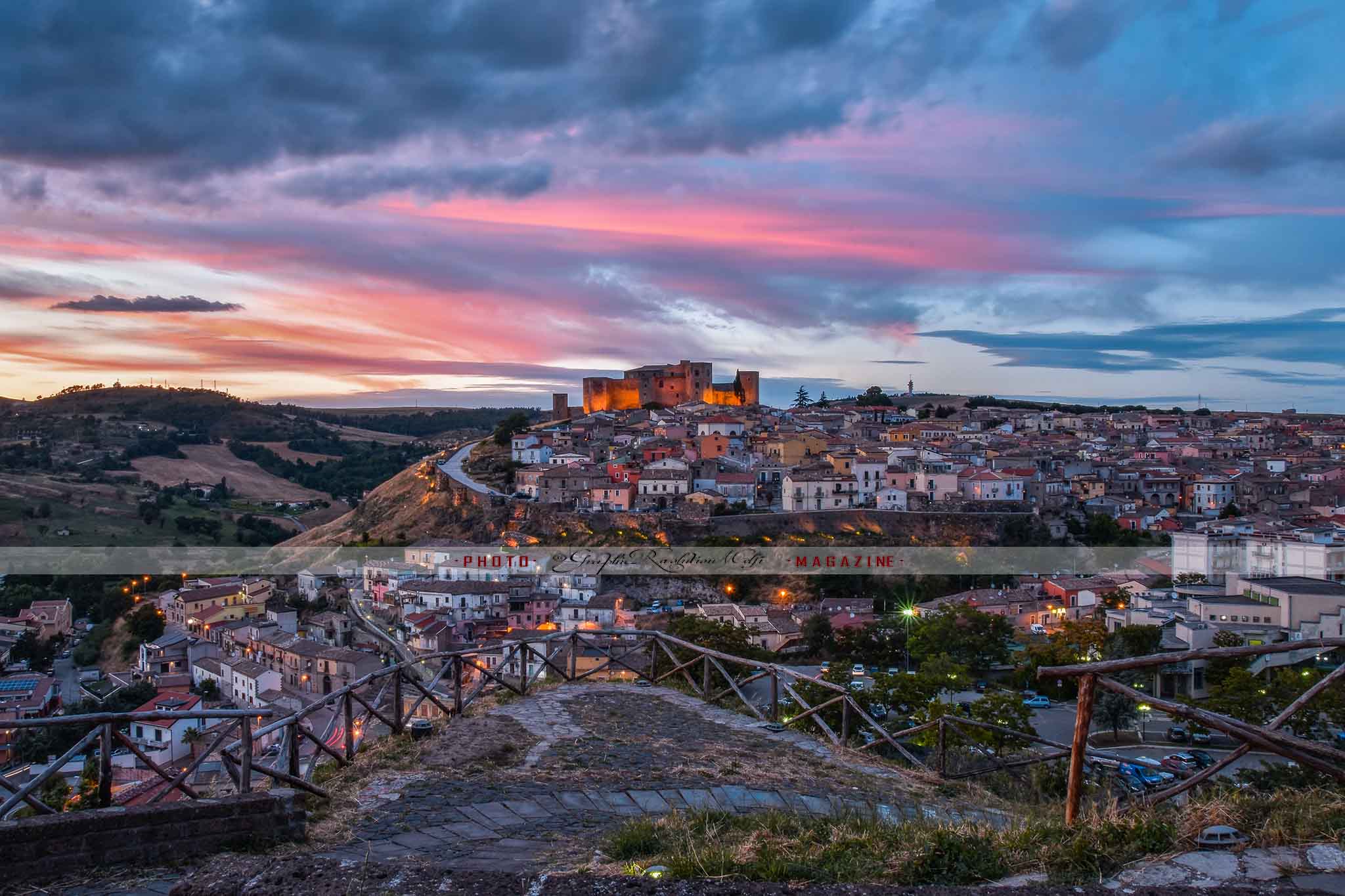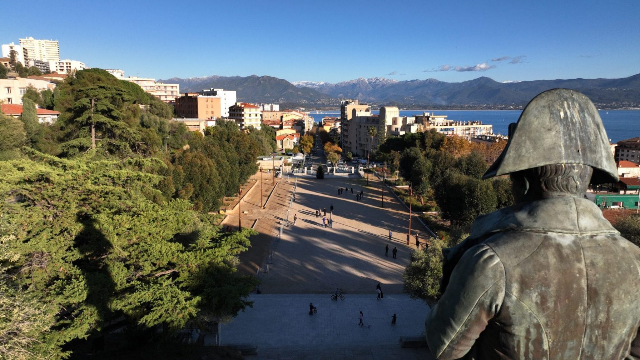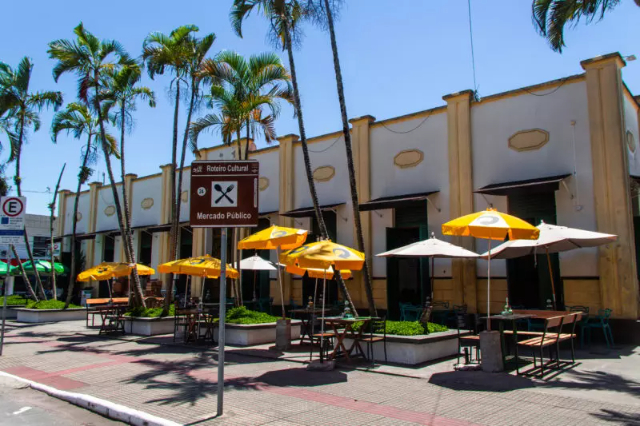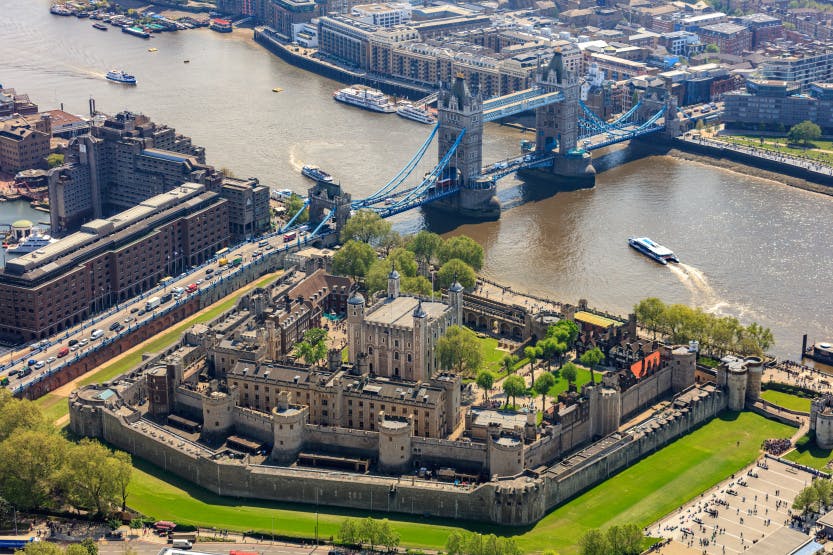Hisham’s Palace, sometimes referred to as Khirbat al-Mafjar, is an important early Islamic archaeological site which is located in the vicinity of the town of Jericho in the territory of the West Bank, within the State of Palestine.As it is difficult to determine an historical framework, it was thought that the site was built some time in 743 by the Umayyad Caliph Hisham bin Abd al-Malik, nonetheless, some sources note that it was constructed by his nephew Al-Walid bin Yazid. Spread over 60 hectares (150 acres), the entire complex consists of several parts and it is categorized as a desert castle.The largest building is the Palace, which is an almost square building with round towers at each corner, and it also featured a dome that was inspired by Christian, Persian or Byzantine traditions. Considered to have had two floors, the interior was aligned around one central portico which also had an underground cellar or sirdab, for refuge from the heat.Still, the entire site was part of a complex that included too another royal buildings, baths, colonnaded courtyards, stables, a mosque and grape press. Throughout the years, there have been significant findings with the excavation work, and probably the most important one is the Tree of Life mosaic.Depicting lions and gazelles at the foot of a tree, this mosaic stood out from every single thing that was discovered in Hisham’s Palace. In addition, the decorative elements found here represent some of the greatest art representations of the Umayyad Dynasty, and even the carved stucco has an exceptional quality.
